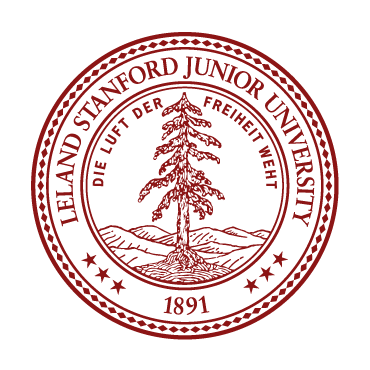Japanese-American Voices of California Assignment (15%)
Part 1: Observations (5%) Due by the beginning of class Tuesday, October 28
Part 2: Write-up (10%) Due by the beginning of class Tuesday, November 4
In this class, we have discussed the many ways that dialects can be defined. In this assignment, we will begin to explore the connections between regional dialects and ethnic dialects, using real sociolinguistic interviews with Japanese-American speakers from Merced, California. You will listen to interviews with two Japanese-American speakers. Both speakers spent most of their lives in Merced, California, and both speakers were over 80 years old at the time they were interviewed. You will learn much more about their lives as you listen to their interviews. You can access these interviews, along with text transcripts to go with them, below (we recommend using Chrome or Firefox). Please do not share these sound files or transcripts with others. These are files accessible for Stanford research only.
- Grace: Interview Sound File; Grace: Transcript
- Sherman: Interview Sound File; Sherman: Transcript
Part 1: Observations (due 10/28)
Listen to the first 30 minutes of both interviews, following along with the transcripts.
As you listen, take note of any dialect features that you find notable. These may or may not be nonstandard features, and they may or may not be related to California. Find features that sound particularly distinctive to you -- we are looking for notable dialect features rather than a general description. Make a thorough and specific list of features you observe, taking into consideration all levels of dialect. For each observation you make, take note of time points in the sound file at which some examples of these features occur. You should also note a few features that you think the two speakers have in common, as well as a few features that you think the two speakers use differently.
Email your list of observations as a PDF or DOC attachment to the course e-mail address linguist159-aut1415-staff@lists.stanford.edu by the beginning of class, Tuesday 10/28.
Part 2: Write-Up (due 11/4)
You will select one of the features in your observation list to investigate in detail for the write-up portion of this assignment.
Once you have chosen a feature, send an e-mail to Annette and Janneke at the course e-mail address, so that we can advise you about conducting analysis on your particular variable.
For this portion of the assignment, you will perform a quantitative analysis of this feature in the interview data from both speakers. For an excellent example of how such an analysis is conducted and presented, use John Rickford's 1985 paper on Mrs. Queen and Mr. King, which we read in Week 2.
We'd like you to use the first hour of the interview for each speaker, excluding the first 15 minutes (900 seconds). This totals 45 minutes of speech for each speaker.
To complete this part of the assignment, you will need to:
- Select your variable.
- Identify the variants (what are the different ways this variable can be realized?).
- Find tokens, or instances, of your variable in the interviews. When you e-mail us about which variable you'll be investigating, we will discuss with you how many tokens we think will be reasonable for you to find.
- For each token, calculate which variant was used.
- Calculate the proportions that each variant of your variable is used by each speaker, and create a table showing your findings (again, look to Rickford, 1985 for examples).
In your write-up, you should explain in prose the above information (what is your variable? what are the possible variants? How many total tokens were you able to use?). Include your table of proportions, including both percentages and raw numbers. Then explain in prose what your findings were, and briefly interpret (in one or two sentences) these findings with regard to the differences or similarities between Grace and Sherman.
This write-up should be 1 page single-spaced (2 double-spaced). Email your completed write-up as a PDF or DOC attachment to the course e-mail address linguist159-aut1415-staff@lists.stanford.edu by the beginning of class, Tuesday November 4.
